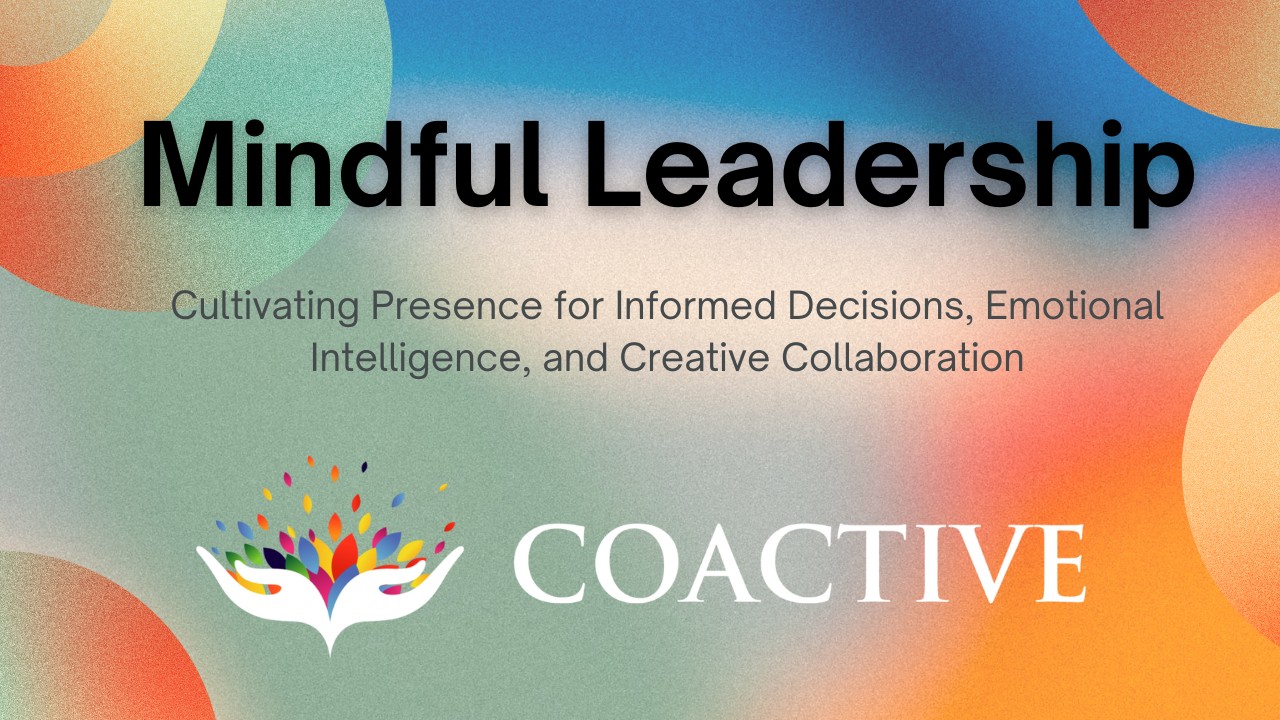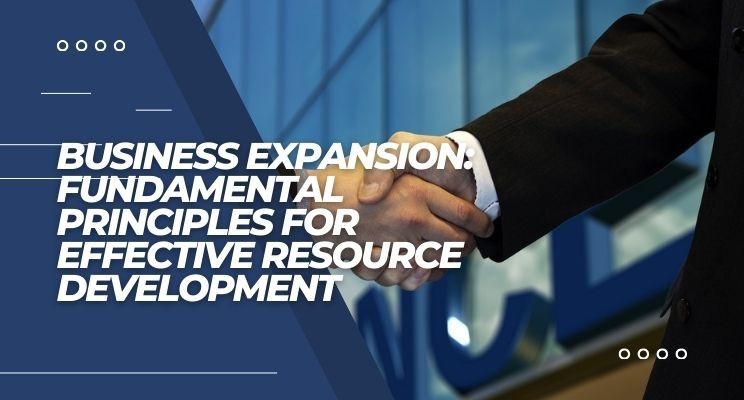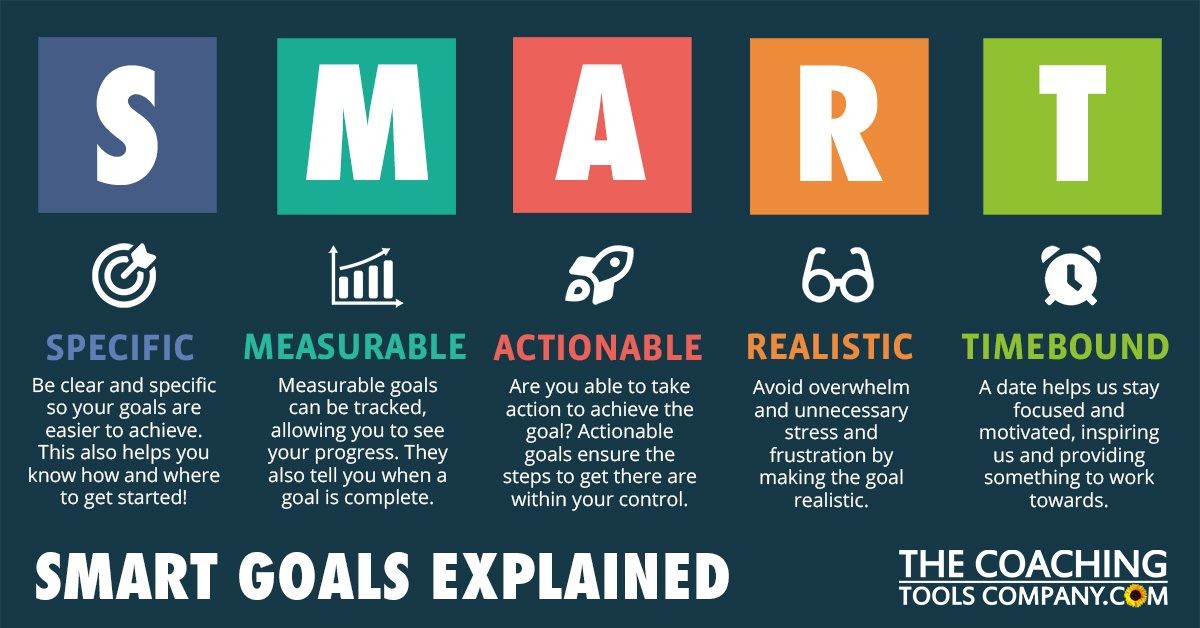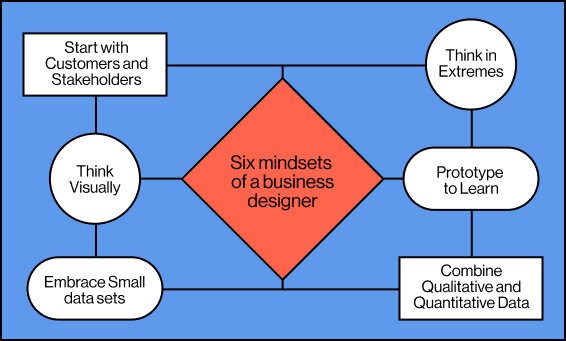Leadership today demands more than strategic thinking and operational efficiency—it calls for presence. In a world of constant noise, rapid decision-making, and digital distraction, the ability to be fully present has become a rare and valuable skill. Mindful leadership is not about slowing down for the sake of it; it’s about showing up with clarity, intention, and emotional intelligence. Cultivating presence allows leaders to connect more deeply with their teams, make better decisions, and navigate complexity with composure. It’s not a soft skill—it’s a foundational one.
Presence begins with attention. A leader who is mentally scattered, multitasking through meetings or reacting impulsively to emails, may appear productive but often misses the nuances that drive real impact. Mindful leaders, by contrast, bring their full attention to the moment. They listen without preparing a rebuttal, observe without judgment, and respond with thoughtfulness. This kind of attention creates psychological safety, encouraging others to speak openly and contribute meaningfully. In business, where trust fuels collaboration and innovation, the ability to be present is a strategic advantage.
Cultivating presence also means developing self-awareness. Leaders who understand their own triggers, biases, and emotional patterns are better equipped to lead with authenticity. For example, recognizing that a sense of urgency often leads to micromanagement allows a leader to pause, reflect, and choose a more empowering approach. This doesn’t mean suppressing emotion—it means engaging with it constructively. Self-awareness fosters emotional regulation, which in turn supports better communication and decision-making. In high-pressure environments, this kind of internal clarity can be the difference between reactive leadership and responsive leadership.
Mindfulness practices offer a pathway to presence. Whether it’s a few minutes of breathwork before a meeting, a moment of reflection at the end of the day, or a deliberate pause before responding to a challenging email, these practices help leaders reset and recalibrate. They’re not about escaping the demands of leadership—they’re about meeting those demands with greater capacity. Over time, mindfulness strengthens attention, reduces stress, and enhances empathy. These benefits are not theoretical—they’re observable in how leaders show up, how they engage, and how they influence.
Presence also transforms how leaders communicate. When a leader speaks with intention, choosing words that reflect clarity and care, their message resonates more deeply. They’re not just transmitting information—they’re creating connection. This kind of communication builds trust, aligns teams, and reinforces culture. For instance, a leader who acknowledges uncertainty while expressing confidence in the team’s ability to adapt fosters both transparency and empowerment. In contrast, vague or reactive communication can create confusion and erode morale. Mindful communication is not about being polished—it’s about being real.
The impact of presence extends beyond individual interactions. It shapes organizational culture. When leaders model mindfulness, they signal that well-being, reflection, and intentionality are valued. This encourages others to bring their full selves to work, to engage thoughtfully, and to prioritize sustainability over speed. It also reduces burnout, improves retention, and enhances performance. In a business landscape where agility and resilience are essential, a culture rooted in presence becomes a competitive edge.
Presence is especially powerful in moments of challenge. When stakes are high and emotions run strong, the ability to remain grounded can shift the entire dynamic. A mindful leader doesn’t rush to fix or control—they create space for dialogue, for understanding, and for shared problem-solving. This approach doesn’t eliminate conflict—it transforms it. It allows for resolution that is thoughtful, inclusive, and lasting. In leadership, presence is not passive—it’s active engagement with what is, rather than what should be.
Technology can complicate presence. Constant notifications, digital meetings, and the pressure to be always available can fragment attention and reduce depth. Mindful leaders set boundaries—not to disconnect, but to protect focus. They design their schedules to include time for reflection, prioritize deep work, and model digital discipline. This isn’t about rejecting technology—it’s about using it intentionally. Just as businesses optimize tools for efficiency, leaders must optimize their own attention for impact.
Ultimately, cultivating presence is a practice. It’s not a trait you’re born with—it’s a skill you build. It requires commitment, consistency, and a willingness to engage with discomfort. But the rewards are profound. Leaders who cultivate presence lead with greater clarity, connect with greater depth, and influence with greater integrity. They create environments where people feel valued, where ideas flourish, and where progress is sustainable. In a world that often rewards speed and output, mindful leadership offers a different kind of power—the power to pause, to listen, and to lead with intention. And that kind of leadership doesn’t just drive results—it transforms them.





